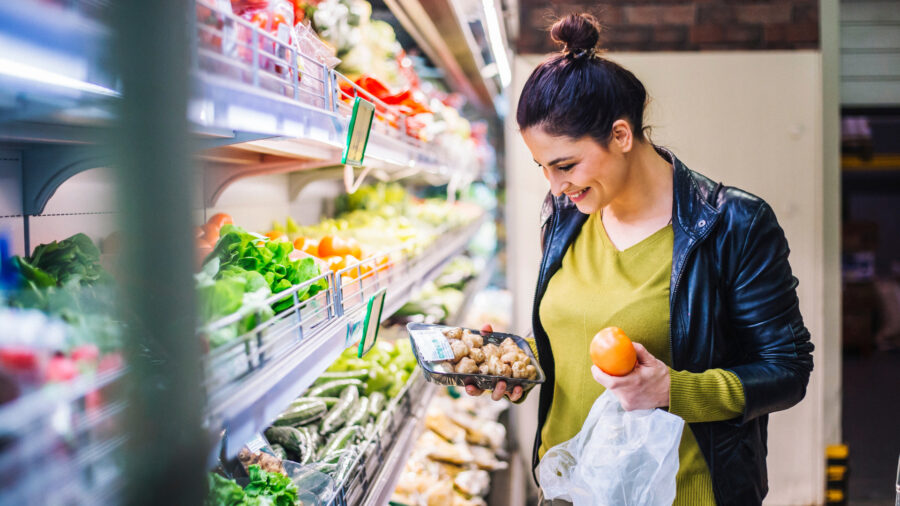Consumer spending habits and behaviors are shifting, with frugality taking a front seat in the face of rising prices and uncertainty over the economy, a new survey of consumer trends by Attest indicates.
“Frugality is on the spectrum between necessary and contemporary – finding new ways to save is becoming an American pastime,” said Jeremy King, CEO and founder of Attest. “This research paints a picture of Americans trying to react to worsening economic conditions – with tectonic shifts in consumer expectations, perceptions, channels and value — meaning brands now more than ever need to be on top of the changing needs and wants of consumers to succeed.”
Some concerns persist
Though consumers are heading into 2023 with a positive attitude, food insecurity is a major concern, the survey found.
Eighty-six percent said they are impacted by inflation, with more than a third of those respondents saying rising prices are having a big impact on their diet. When it comes to food and gas, 24% and 17%, respectively, are worried.
Concerns about political upheaval (15%) and unaffordable energy bills (10%) also are having an impact on spending plans.
“The top issue cited is being able to afford fresh quality foods like meat, fruit and vegetables (41%). This is followed by 39% who struggle to afford to eat out, 34% who can’t buy preferred brands and 33% who are unable to stretch their budgets to purchase ‘luxury’ items” like steak and olive oil, the survey found.
Shopping habits
Rampant consumerism is so pre-pandemic. Forty-three percent of consumers said they plan to buy less next year (up 9.6% from last year) and combing thrift shops to combat rising prices is on the agenda for 38%; 37% said they plan to sell their unwanted possessions.
And, though everyone embraced online shopping during the pandemic, older shoppers are returning to brick-and-mortar establishments: 41% of Gen Xers mostly or always go in-store as do 44% of boomers. Gen Zers and millennials lean toward online most or all of the time, 36.3%, and 39.5%, respectively.
Still, online shopping remains popular. Amazon’s customer base is projected to increase more than 11% next year.
Sixty-four percent of consumers said they have a positive feeling about next year. Conversely, 16% of consumers had a negative outlook. Still, 59% said they plan to pull back on spending – representing a 5.4-point increase in those who plan to be fairly cautious and 4.7 point increase in those who plan to be very cautious – while 22% planned to open their wallets.












